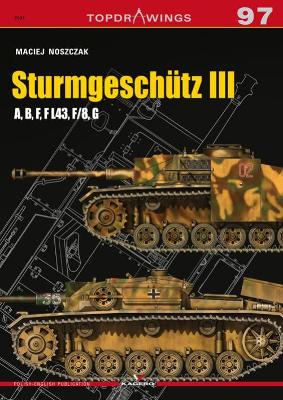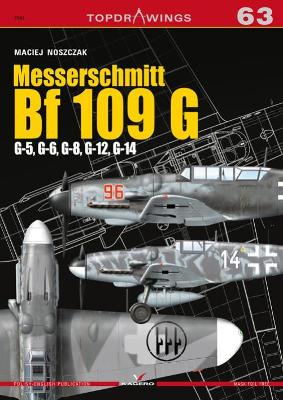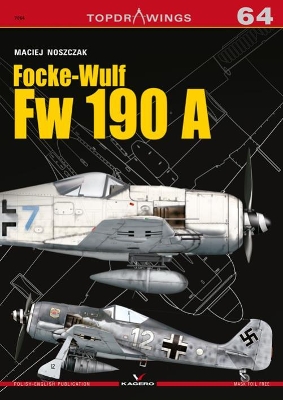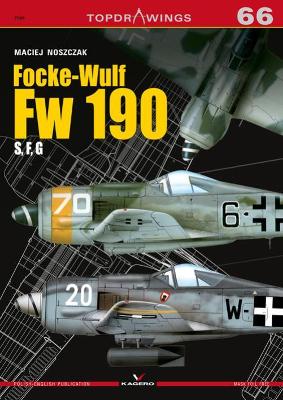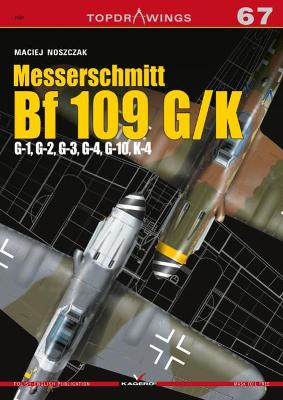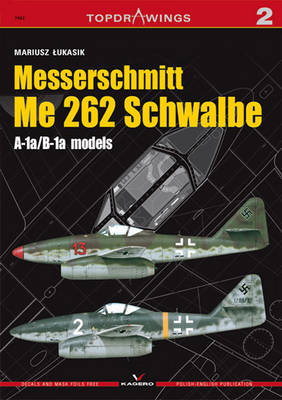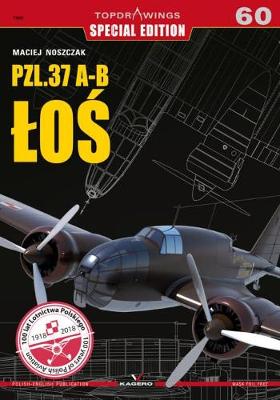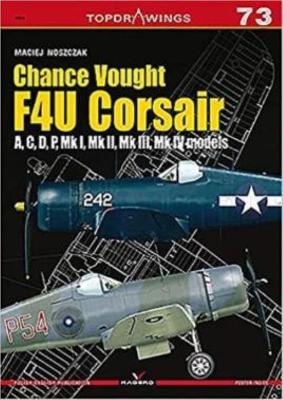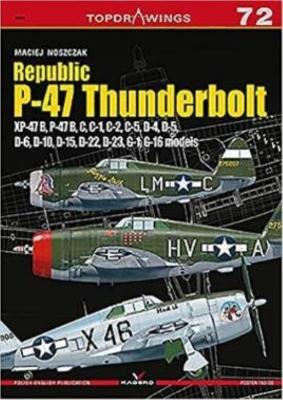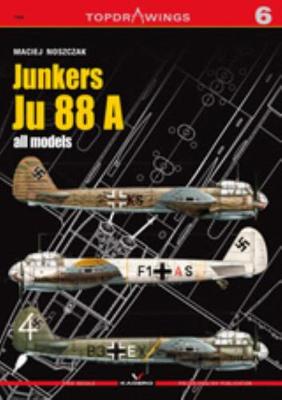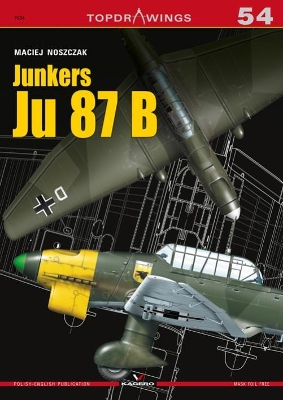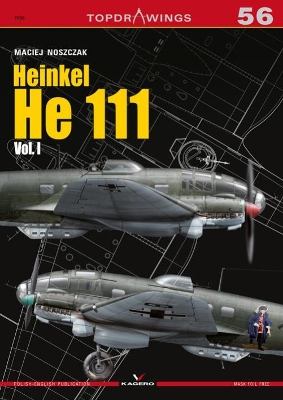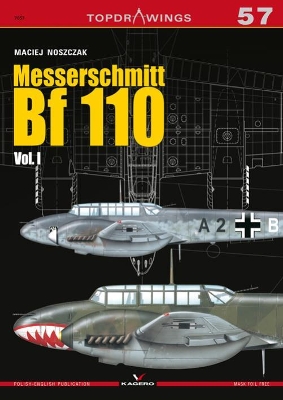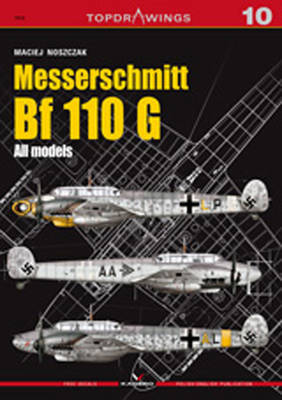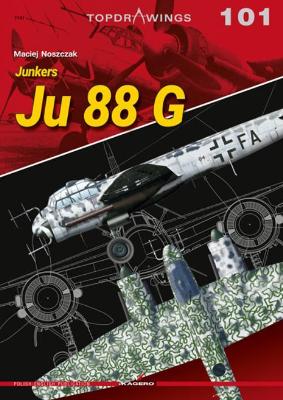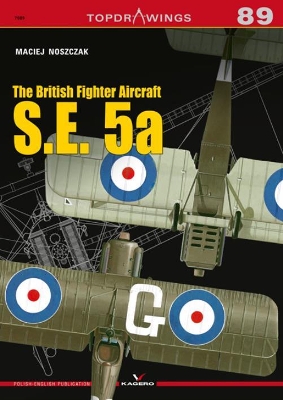Top Drawings
19 total works
Messerschmitt Bf 109 G/K - G-1, G-2, G-3, G-4, G-10, K-4
by Maciej Noszczak
In combat, when properly flown, it proved difficult to counter due to its speed. Me 262 pilots claimed a total of 509 Allied kills against the loss of about 100 Me 262s. The design was pressed into a variety of roles, including light bomber, reconnaissance and even experimental night fighter versions.
About Top Drawings
This series of highly illustrated books present detailed scale drawings of aircraft and vehicles, with supporting colour profile artwork. With detailed captions on the history, combat action and development of each machine, each volume is an exceptional reference tool for modellers.
Chance Vought F4u Corsair a,C,D,P, Mk I, Mk II, Mk III, Mk Iv
by Maciej Noszczak
The first production version of the Corsair – F4U-1 – had a characteristic built-in fairing cabin, so-called birdcage, which also forced to lower the position of the pilot’s seat. There were many visible changes compared to the XF4U-1 prototype. First of all, the cockpit was moved 81 cm to the rear due to the installation of a much larger fuel tank in front of the cabin. The whole fuselage was then extended by 43 cm. Cockpit armor and a bulletproof windshield were also used. To improve visibility from the cabin, a windows behind the pilot’s headboard were added on both sides. The F4U-1 version was powered by the Pratt & Whitney R-2800-8 twin wasp engine.
Another variant was the F4U-1A, in which more or less from mid to the end of the production a higher and wider canopies were used – very similar to the British Malcolm hood. The pilot’s seat was raised by 18 cm, which in addition with a new canopy and lengthening the tailwheel leg by 15 cm improved the visibility from the cockpit over the enormous nose of the machine. An important improvement was the introduction of much better oil shock absorbers on the main undercarriage, which eliminated the problem of “kangaroos” during landings. This had a considerable impact on Corsair service on board of aircraft carriers.
The first copies of the P-47B underwent a series of tests at the turn of 1941 and 1942. Initially, they were not very promising. One of the planes was lost because of the tail tearing off during the dive. In addition, at heights above 9144 m, the flaps froze, it was impossible to open the cabin hood, and the forces on the rudders were very big. At high speeds, the paint covering the elevators fell off and the aerodynamic pressure inflated their sheath (they were covered with canvas), causing dangerous tail vibrations. To remedy these problems, metal sheathing was introduced, elevators shape was changed and weight flaps were added. The propulsion of the P-47B version was a 2000 HP R-2800-21 engine. The time to reach the ceiling of 4572 m was 6.7 minutes. The aircraft developed a speed of 690 km/h at an altitude of 8230 m (in horizontal flight), which was a great result.
This is a detailed technical guide to this formidable early variant, and provides exceptional reference for any modeller or enthusiast.
About the Series
This series of highly illustrated books presents detailed scale drawings of aircraft and vehicles, with supporting colour profile artwork. With detailed captions on the history, combat action and development of each machine, each volume is an exceptional reference tool for modellers, with extras such as free decals, masking foil and photo-etched brass.
To Il-2 pilots, the aircraft was simply the diminutive"Ilyusha". To the soldiers on the ground, it was the "Hunchback," the "Flying Tank" or the "Flying Infantryman".
The Il-2 aircraft played a crucial role on the Eastern Front, and in Soviet opinion it was the most decisive aircraft in the history of modern land warfare. Joseph Stalin said of them that"They are as essential to the Red Army as air and bread."
About Top Drawings
This series of highly illustrated books present detailed scale drawings of aircraft and vehicles, with supporting colour profile artwork. With detailed captions on the history, combat action and development of each machine, each volume is an exceptional reference tool for modellers.
The Bf 110's lack of agility in the air was its primary weakness. This flaw was exposed during the Battle of Britain, when some Bf 110 equipped units were withdrawn from the battle after very heavy losses and redeployed as night fighters, a role to which the aircraft was well suited. The Bf 110 enjoyed a successful period following the Battle of Britain as an air superiority fighter and strike aircraft in other theatres.
A highly detailed selection of drawings and full colour profiles illustrating the Bf 110G 'Gustav' and its sub-variants in 1/72, 1/48 and 1/32 scale, also with assorted profiles in larger scales. Also includes pull-out drawings in 1/32 and 1/48 scales, 4 pages of full-color profiles and decals representing selected profiles in 1/72, 1/48 and 1/32 scales.
About the Series
This series of highly illustrated books present detailed scale drawings of aircraft and vehicles, with supporting colour profile artwork. With detailed captions on the history, combat action and development of each machine, each volume is an exceptional reference tool for modellers, with extras such as free decals, masking foil and photo-etched brass.

